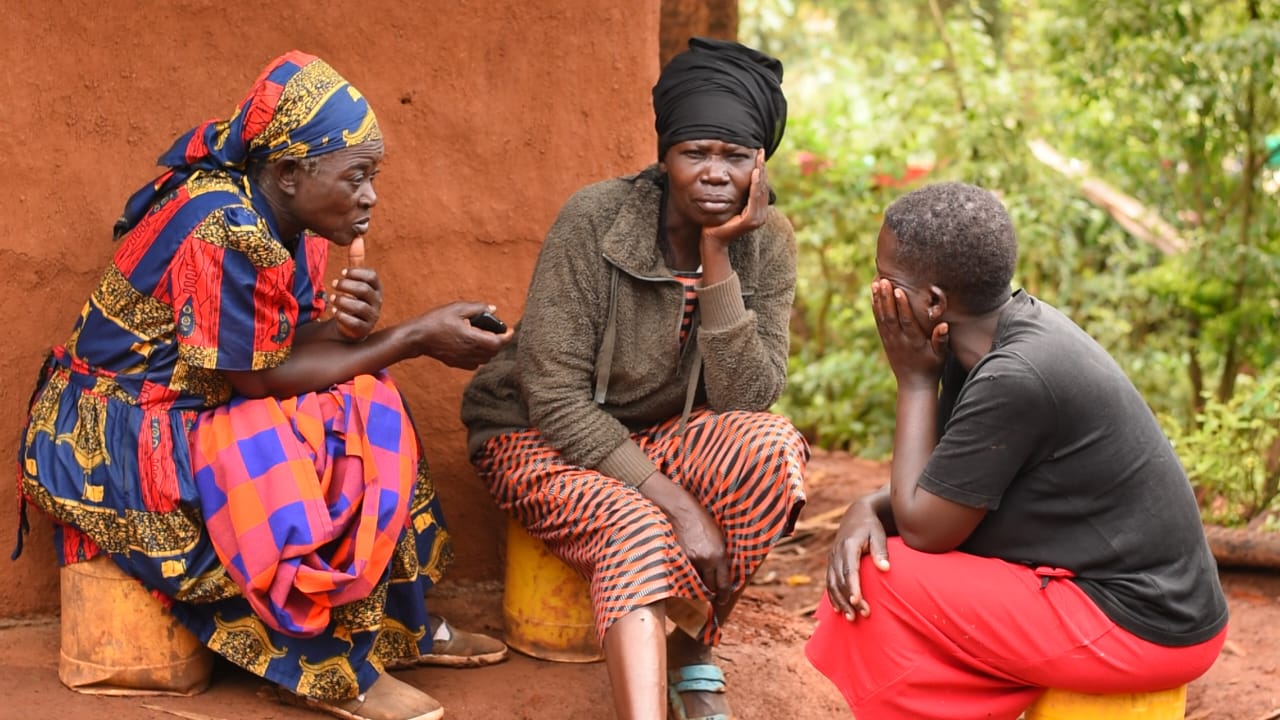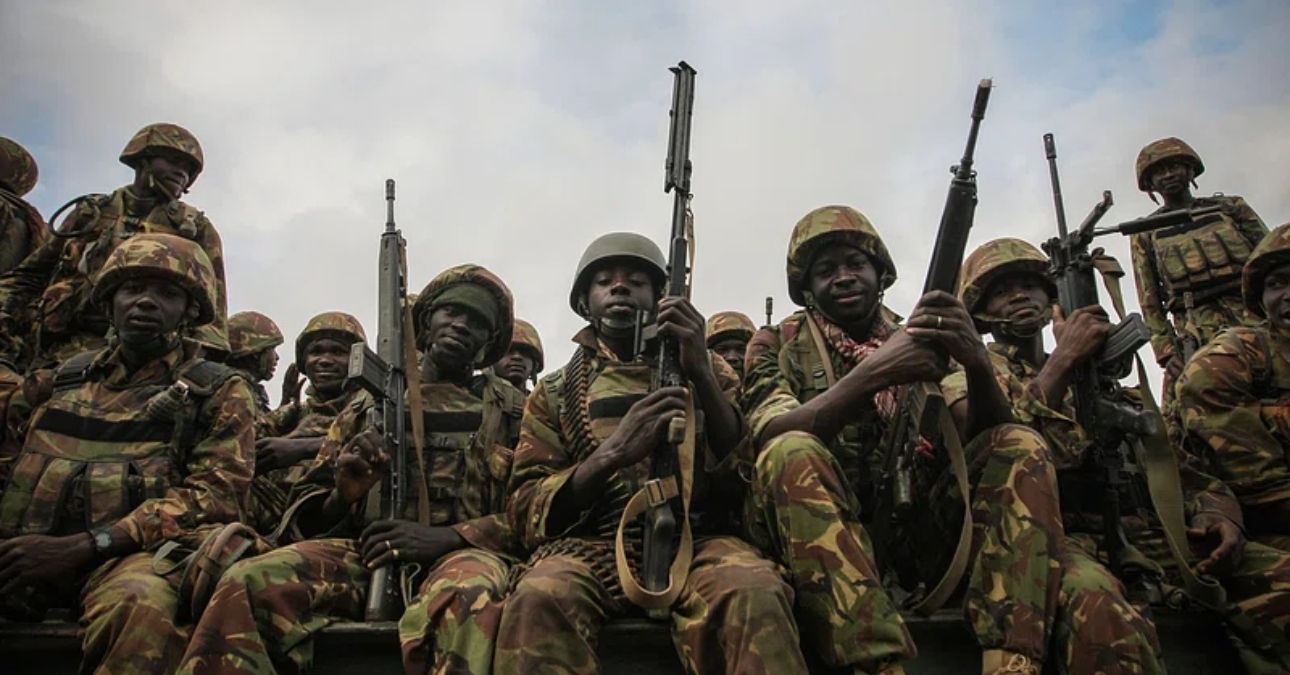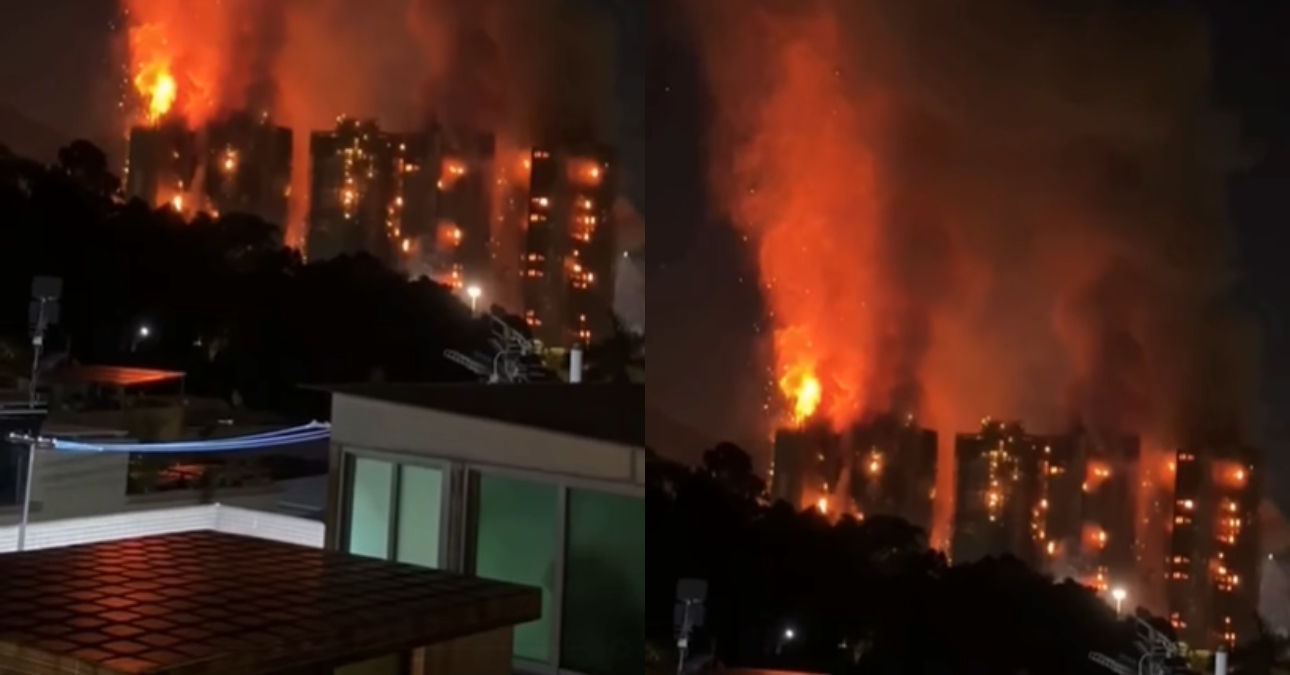Etched on a magical landscape draped with towering eucalyptus canopies, flowing streams, and thriving farmlands, M’mbesu Village, located within the remote parts of Vihiga County, seems like a picture-perfect rural destination.
Yet beneath this beauty lies a persistent and deadly menace that has terrorized locals for years — lightning strikes that have claimed lives and destroyed property with frightening regularity.
The small village, tucked away in Sabatia Sub-County, is now mourning the tragic loss of two brothers, aged 20 and 10, who were recently struck dead by lightning while sheltering from a downpour inside their home.
The two — Timothy Luvai, a Form Three student, and his younger brother Vitalis Ndoni, a Grade Four pupil — met their untimely deaths on a rainy Monday evening when lightning pierced through the walls of their house, killing them instantly.
Their deaths add to a growing list of tragedies that have left M’mbesu residents living in fear and confusion over the bizarre and frequent lightning incidents.
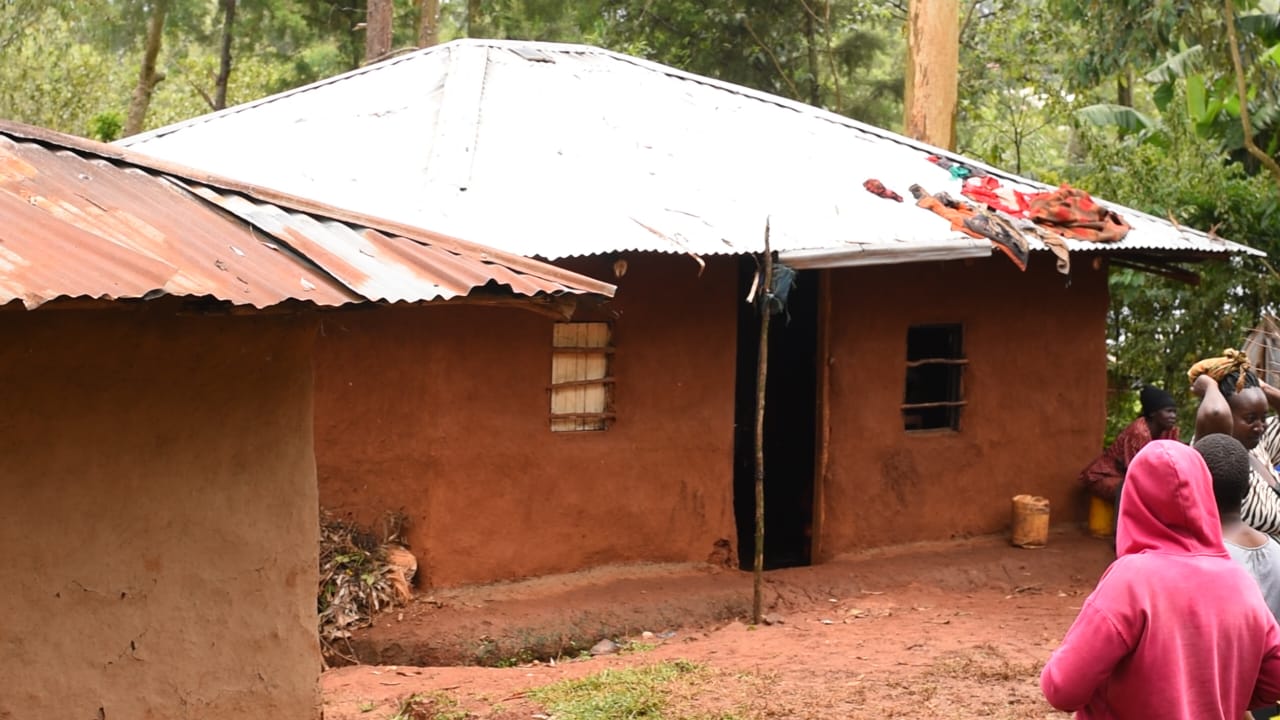
Seventy-year-old Jairo Obaga, a lifelong resident of the area, has witnessed countless similar tragedies.
“Tuliona maajabu, hiki kitu kinazungukia hapa sana. Juzi kimeua ng’ombe pale chini na hata kikavunja miti,” he recalls, describing how the strikes have become an all-too-familiar horror.
According to Jairo, a major power transformer was recently destroyed by lightning, plunging the whole village into darkness.
Residents now say they live on edge whenever clouds gather.
“Wakati wa mvua tunapiga magoti kuomba Mungu, hii mvua iishe vizuri,” one villager admits, expressing the collective fear that grips the community during storms.
Across Africa, lightning is often shrouded in superstition. Many believe it is linked to witchcraft or curses. Some even plant certain indigenous trees believed to repel strikes.
However, scientists offer a different explanation: lightning is a powerful atmospheric electrical discharge caused by static electricity generated when ice crystals and water droplets collide within thunderstorm clouds.
The resulting charge imbalance creates a massive electrical spark that can occur within or between clouds, or between a cloud and the ground. The intense heat rapidly expands the air, producing thunder.
Among the most dangerous types to humans are cloud-to-ground and anvil lightning. Although lightning typically targets tall or isolated structures, it can also strike homes and people when seeking the path of least resistance to discharge its energy.
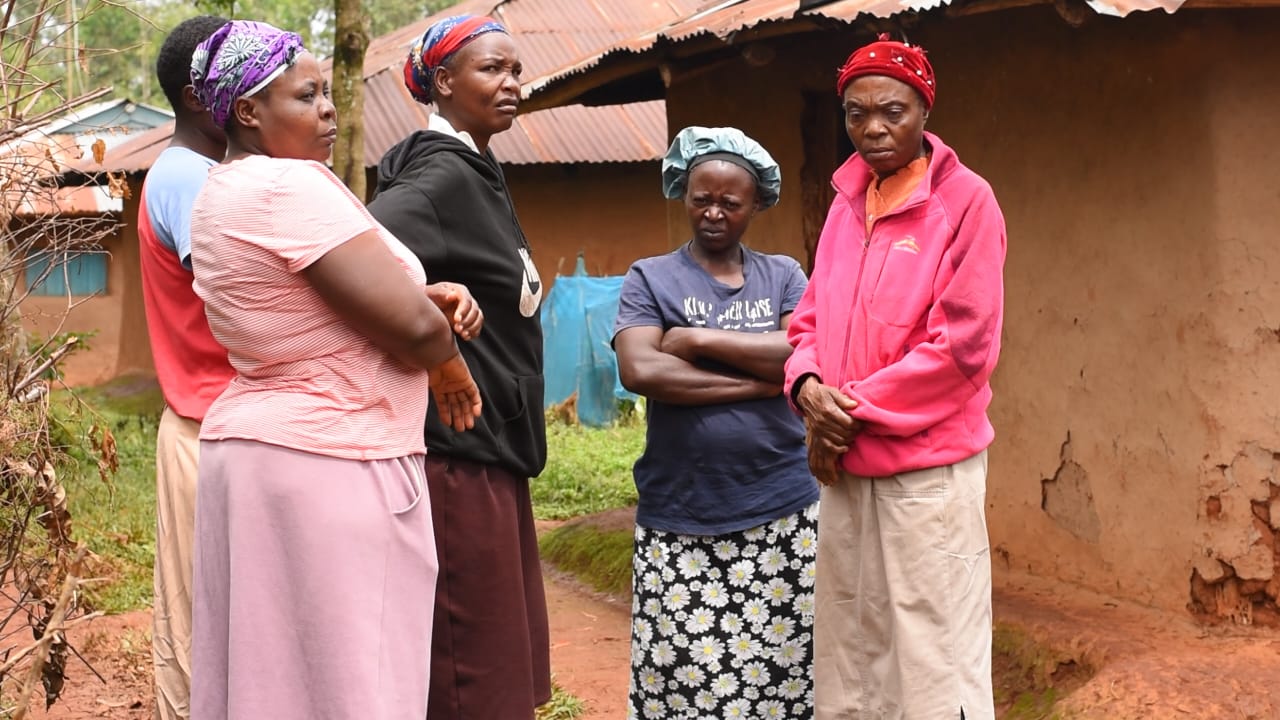
To minimize the risk of lightning strikes, experts advise people to avoid taking shelter under trees or tall structures, standing in open fields or elevated areas, or touching metal wires, fences, and other conductive materials.
They also caution against using indoor plumbing such as sinks or taps during a storm, staying near concrete floors and walls, or going close to water bodies like rivers, ponds, or lakes.
Although it’s rare for lightning to strike people inside houses, the risk increases if the structure has a steep or metal roof, is situated on elevated terrain such as a hilltop, is near tall objects like trees or electric poles, or stands isolated in an open field.
As the M’mbesu community buries its young sons, residents are calling upon both the Kenya Meteorological Department and Vihiga County authorities to intervene.
They are urging the installation of lightning arrestors across the village and nearby schools to prevent further deaths.


